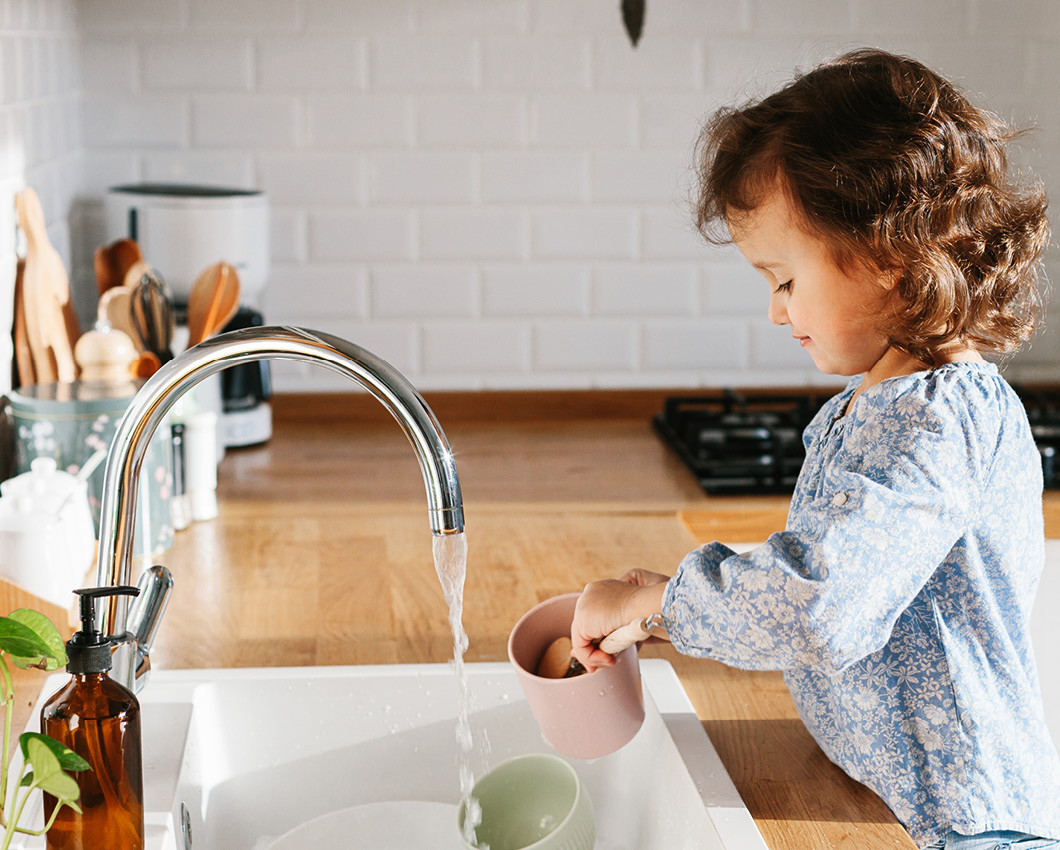Tips to live sustainably.

You don’t have to leave your love of nature at the doorstep. Instead, you can include sustainable design considerations and energy savers into the new home you’re building. You’ll not only help preserve the planet’s resources and live more comfortably but also reduce your future household bills as well.
“Some choices like orientation and insulation can only be accommodated if you are building the home from the ground up,” said Wollert Rise Estate Manager, Rishav Bhardwaj. “But these kinds of decisions can make a huge difference in terms of controlling interior light and temperature.”
Orientation of your living spaces saves money on heating and cooling while increasing household comfort as well. North facing windows will attract more midday sun during winter helping to keep these spaces warmer for longer. Then come summer, the sun will still shine in but from a much higher angle enabling you to keep these places cooler.
Quality insulation of walls, floors and ceilings. By putting an insulation with a higher thermal resistance in place you can greatly boost your home’s energy efficiency. Once your home is built you may never have the chance again to choose the most effective, non toxic insulation products so have this conversation early before any building materials are ordered.
Double glazed windows. If you have no control over the orientation, this is a great way to keep heat in during cold weather and high temperatures out when there’s a heatwave. Double glazing is also effective with noise reduction for anyone who will be living closer to main thoroughfares.
Airtight seals on doors and windows. However, remember that proper use of air vents and ducts is also of paramount importance. You have to find the right balance between air ventilation and drafts to maintain temperature control while accommodating healthy airflow. Again, these are all factors to contemplate at the design stage for the best possible results.
Energy efficient lighting. Halogen lamps and CFLs are excellent alternatives to more conventional lighting.
Solar power is a very affordable inclusion and if you don’t have the budget for this it at the time of the build, allow for it being included later.
Aim for more than a 6-star energy rating. Since 2013 new standalone homes in Victoria have needed to achieve at least a 6-star energy rating. For apartments, it’s an average 6-star rating collectively for all sole-occupancy units (SOU) and not less than a 5-star rating for each individual SOU. Of course, some builders can help you achieve even greater than this, making it an important conversation to have at the planning stage.
Ask about Government subsidies. From time to time the Government offers incentives for using a more energy efficient alternatives. Ask your builder if you could be eligible for any subsidies.


